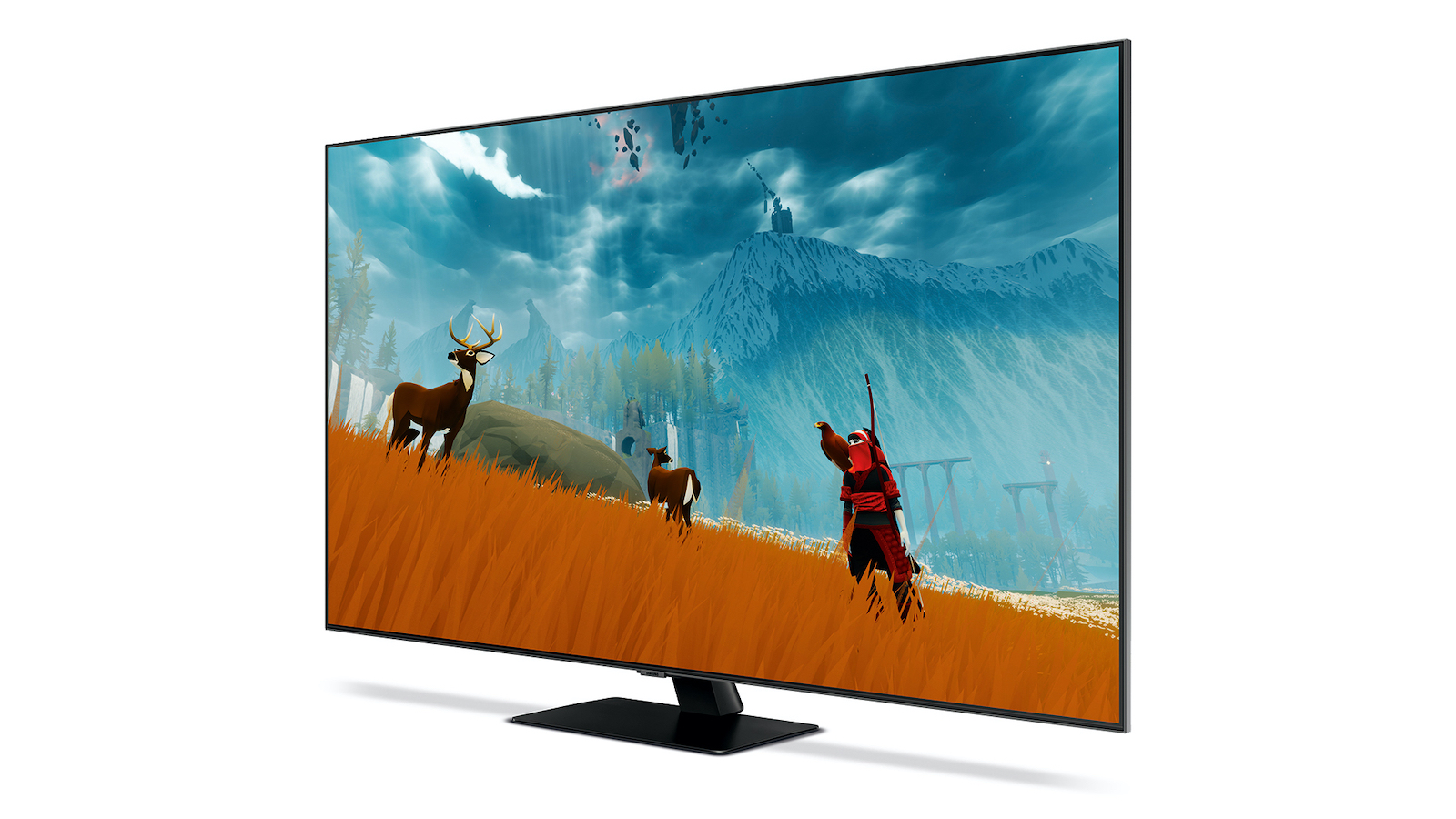Samsung HDR10+ Adaptive adjusts HDR pictures based on room lighting – yes, like Dolby Vision IQ
The feature will debut on Samsung's soon-to-be-announced 2021 QLED TVs

Samsung has announced a new technology to optimise HDR10+ picture performance based on the lighting conditions of a room. HDR10+ Adaptive is similar to Dolby Vision IQ – which adjusts Dolby Vision HDR material and is supported by LG and Panasonic OLED TVs – but works exclusively for HDR10+ content and, for now anyway, on new Samsung QLED TVs.
As HDR (high dynamic range) technology is all about delivering brighter, more colourful pictures, HDR (including HDR10+) content naturally works optimally in darker environments. The promise of HDR10+ Adaptive is to enhance HDR10+ performance (such as that found on Amazon Prime Video) according to “any room lighting condition” so that it can be just as effective in well-lit watching environments as well. The feature will debut in Samsung’s “upcoming QLED TV products”, which we expect will be announced this week to tie in with CES 2021.
HDR10+ Adaptive will work to improve the QLED TVs’ HDR10+ performance on a scene-by-scene basis, using the TV’s light sensor in conjunction with HDR10+ metadata and picture processing. The technology can be used alongside Filmmaker Mode, an optional setting on Samsung QLED TVs that essentially overrides processing (such as motion smoothing and detail enhancement), ensuring that the correct aspect ratio, colour and frame rate, as determined by the creator(s), is preserved and presented to the viewer.
So should you be excited about Samsung HDR10+ Adaptive? If you're considering a new 2021 Samsung QLED TV and have a fairly light living room, perhaps so. After all, our initial experience of the similar-on-paper Dolby Vision IQ mode in some of last year's LG OLED TVs has been fairly positive.
"It’s not as transformative a feature as Dolby would have you believe but, while we were initially underwhelmed when testing the LG GX, we can now see the benefits of Dolby Vision IQ in terms of some extra detail in dark scenes when there’s a fair bit of light in the room," we said in our LG OLED48CX 48-inch OLED TV review. "Dolby Vision IQ has won us round somewhat," we noted when testing the 55-inch version of that same OLED TV, too.
HDR10+ content is still dribbling rather than gushing onto the video streaming market (its biggest presence is on Amazon), but Samsung says it is “extending its technology partnership to include even more HDR10+ catalogues and new titles for distribution on OTT services around the world”.
MORE:
Get the What Hi-Fi? Newsletter
The latest hi-fi, home cinema and tech news, reviews, buying advice and deals, direct to your inbox.
HDR10+ – everything you need to know
Becky is the managing editor of What Hi-Fi? and, since her recent move to Melbourne, also the editor of the brand's sister magazines Down Under – Australian Hi-Fi and Audio Esoterica. During her 11+ years in the hi-fi industry, she has reviewed all manner of audio gear, from budget amplifiers to high-end speakers, and particularly specialises in headphones and head-fi devices. In her spare time, Becky can often be found running, watching Liverpool FC and horror movies, and hunting for gluten-free cake.

